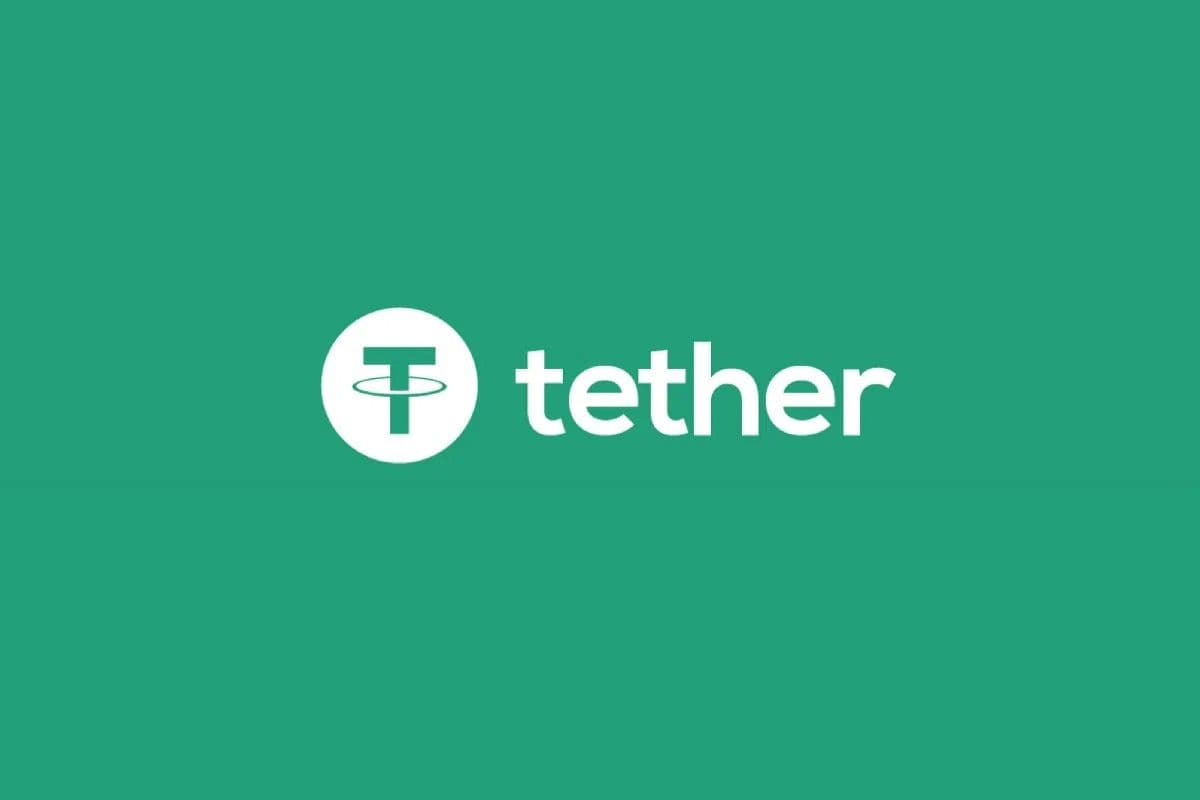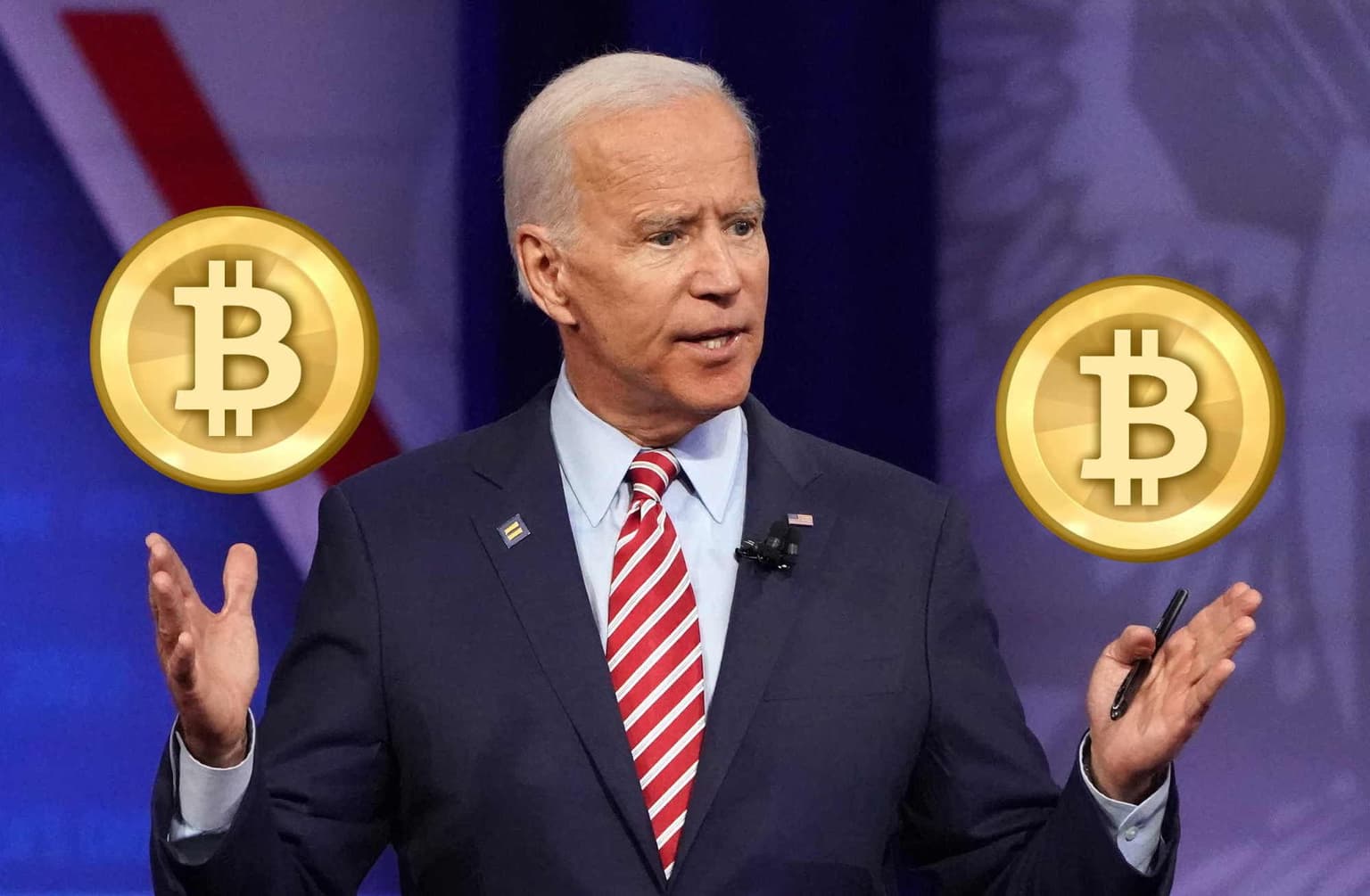EU Approves 10 Stablecoin Issuers Under MiCA – But WHY Was Tether Left OUT?
The European Union has approved 10 stablecoin issuers under its MiCA regulations, notably excluding Tether's USDT. This decision raises questions about the future of stablecoin regulation and market dynamics within the EU.
The European Union (EU) has granted approval to 10 stablecoin issuers under its Markets in Crypto-Assets (MiCA) regulations, notably excluding Tether, the issuer of USDT. This decision has sparked discussions about the EU's regulatory approach and its potential impact on the cryptocurrency market, particularly the implications for Tether after its exclusion. Here are more details, starting with details concerning the MiCA regulations, its importance for the EU and the global crypto market, and the approved stablecoins issuers. Followed by some expert analysis on this move for the stablecoins, the cryptocurrencies' future, and the future of the EU crypto market.
What are the MiCA Regulations?
The Markets in Crypto-Assets (MiCA) Regulations are a comprehensive regulatory framework introduced by the European Union (EU) to oversee crypto assets, including stablecoins, utility tokens, and crypto service providers. MiCA aims to establish clear legal guidelines, protect investors, and promote financial stability while fostering innovation in the digital asset market.
Key Aspects of MiCA Regulations:
- Licensing for Crypto Companies:
Crypto exchanges, wallet providers, and other crypto businesses must register and obtain a license to operate in the EU.
- Stablecoin Issuer Requirements:
Companies issuing stablecoins (referred to as "e-money tokens" and "asset-referenced tokens") must maintain sufficient reserves and meet strict transparency requirements.
- Consumer Protection Measures:
Crypto service providers must disclose risks, offer investor protections, and ensure fund security to prevent fraud and manipulation.
- Market Manipulation & Insider Trading Prevention:
MiCA prohibits market abuse practices, such as insider trading and price manipulation, to ensure fairness in crypto markets.
- Environmental & Energy Impact Reporting:
Crypto firms must report the environmental impact of their blockchain networks, particularly those using energy-intensive proof-of-work (PoW) mechanisms like Bitcoin.
Why MiCA Matters?
- First-of-its-Kind Regulation: The EU is the first major jurisdiction to introduce a comprehensive legal framework for cryptocurrencies.
- Impact on Stablecoins: Companies like Circle (USDC) have gained approval, while Tether (USDT) remains excluded due to potential compliance issues.
- Shaping Global Crypto Laws: Other regions, including the U.S. and Asia, may adopt similar frameworks, setting global standards for crypto governance.
MiCA is expected to reshape the European crypto market by enforcing compliance, ensuring stability, and limiting the dominance of unregulated stablecoins.
EU Approves 10 Stablecoin Issuers Under MiCA Regulations
On February 20, 2025, the European Securities and Markets Authority (ESMA) released a list of 10 firms authorized to issue stablecoins within the EU under the MiCA framework. These firms include Banking Circle, Circle, Crypto.com, Fiat Republic, Membrane Finance, Quantoz Payments, Schuman Financial, Societe Generale, StabIR, and Stable Mint. Collectively, they have introduced 10 euro-pegged stablecoins and five U.S. dollar-pegged stablecoins. Conspicuously absent from this list is Tether, the world's largest stablecoin by market capitalization, exceeding $141 billion.
Implications of Tether's Exclusion from MiCA Approval
The omission of Tether from the approved list has led to significant consequences within the EU's cryptocurrency landscape. Prior to the MiCA compliance deadline in December 2024, several crypto platforms began delisting USDT and other non-compliant U.S.-pegged stablecoins for EU users. Tether criticized these actions, describing them as "rushed and unwarranted."
Industry experts have expressed concerns that MiCA's stringent regulations might isolate the European crypto market. Natalia Łątka, Director of Public Policy and Regulatory Affairs at Merkle Science, warned that such regulations could deter foreign firms from operating in the region and might prompt local crypto companies to relocate to more lenient jurisdictions.
Balancing Regulation and Innovation in the EU Crypto Market
The EU's proactive stance on crypto regulation aims to provide oversight and consumer protection. However, critics argue that excessive regulation could stifle innovation and economic growth. Professor Steve Hanke has pointed to overregulation as a contributing factor to the EU's slower GDP growth compared to the United States.
The MiCA framework imposes strict conditions on stablecoin issuers, raising questions about whether these measures will stabilize the market or limit competition. While supporters believe that MiCA offers much-needed regulatory clarity, detractors fear it may create bureaucratic hurdles that push innovation outside the EU.

Rudy Fares
Equity Trader, Financial Consultant, Musician and Blockchain Aficionado. I spend my time doing Technical and Fundamental Analyses for Stocks, Currencies, Commodities and Cryptocurrencies.

























































